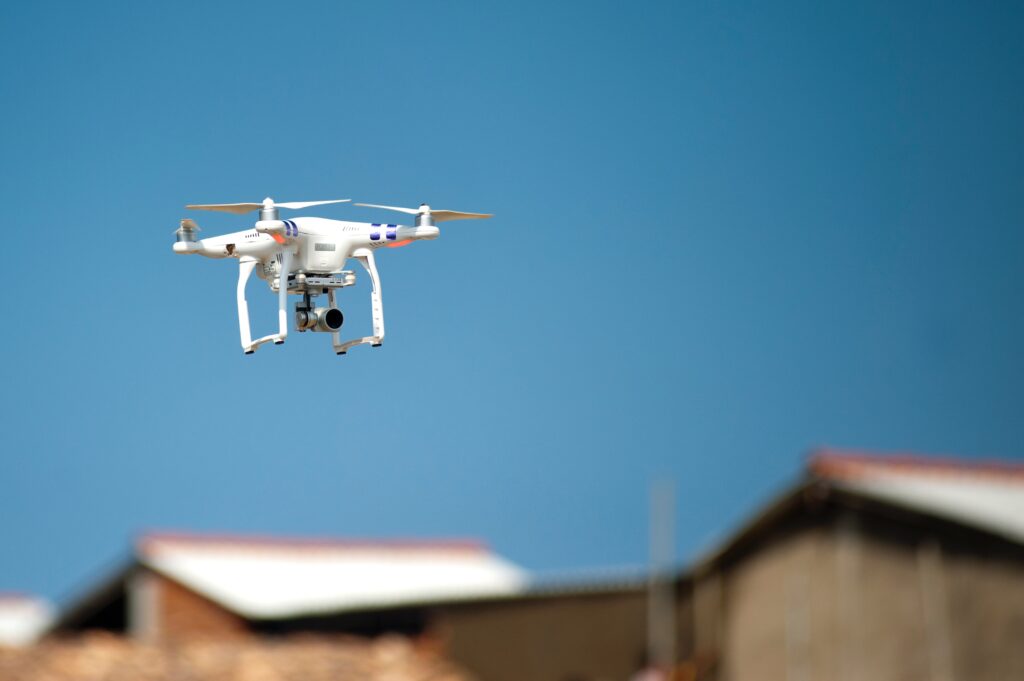At one point the television was the closest thing to making viewers feel they were physically experiencing something from their couch. Today augmented reality has given companies the ability to put to create an even more compelling experience than the two dimensional view from our televisions and screens. Augmented reality is a computer generated image of a person’s view. The view of reality is modified by a computer. One of the biggest stories on augmented reality was Google Glass – glasses that you could wear and experience various realities in unique ways. However after four years of anticipation the glasses were never released. They seem to have killed the project or changed their focus.
Everyone today is working on some kind of augmented reality for their brand or product. The global market for AR products will surge 80 percent to $165 billion by 2024, according to researcher Global Market Insights. Increasingly sophisticated graphics are pushing the bounds of photorealism. Graphics are being integrated to various real-world environments. Augmented reality blurs the line between what is computer generated and what’s real by emphasizing what we experience including sight, sound, touch and even smell.
Not only is augmented reality a powerful tool for retail locations, but it’s also an exciting prospect to provide experiences to customers that aren’t in the retail store at all. Augmented reality could be used to simulate many experiences where customers need more information. In fact it’s already being used to do so. Today when you book a seat on an airplane, it’s a one dimensional view. The seats are labeled. But you don’t have a visual idea of how much room you will have in the seat for your legs. Healthcare could greatly leverage augmented reality. I recently had to have an MRI done of my hand. It was hard to imagine what the procedure would be like. Would I have to go inside the machine? Would my head be sticking out the top? What would I be looking at? An MRI is not painful, but it’s also not fun. If I had known more about what to expect, it could have been easier [by the way I am fine if you were wondering]. To allay my concerns about this MRI test, my healthcare provider could have simulated what the test would be like beforehand. It’s not just hospitals that can benefit from augmented reality. How about providing any kind of online educational services, such as a cooking class? Any kind of training could be improved through augmented reality. Through augmented reality, instructions will be easier to follow. The ingredients and cooking tools will come to life. This is just the beginning. We all know there are a ton of television shows that present a view of the future (“Incorporated,” “Black Mirror”) but it’s hard to actually imagine how these technologies could really improve the customer experience.
Here are some real life scenarios of how augmented reality is already being used across industries.
Your Menu Comes To Life
If you’re like me, before you go to a restaurant you spend time on review sites like Yelp viewing others’ videos and photos of the food. It is the best way to get an honest depiction of what we can expect to find. But now restaurants can help customers get a preview or taste directly. With augmented reality – on an ipad or device – a menu option can be displayed in many dimensions, as if the food is in front of the customer. This gives the customer a better idea of what the experience will actually be like. It would help customers that are concerned about portion size. Have you ever ordered something on the menu because of the elaborate description, but then wish you had ordered something else because when it was actually put in front of you it looked totally different? If a customer can see the actual meal before ordering, they’re less likely to send the food back. An app called KabaQ provides an augmented reality app showing highly-realistic 3D models of menu items on the user’s view of their table, allowing them to see various selections from multiple angles and zoom levels.
Trying Make-Up On Virtually
Sephora is always on the cutting edge of digital. They recently launched the Sephora Visual Artist on its iOS app. The app scans your face, and lets you try on different lipsticks, eyeshadows and false eyelashes. The app also offers virtual tutorials that show how to contour, apply highlighter and create eyeliner looks. The app overlays the tutorial on your face. Sephora is a highly education-focused company. Augmented reality is another tool in their teaching belt, enriching customer experiences and adding extra value at no cost to the customer.
Your Magazine Comes To Life
W Magazine has an augmented reality-powered issue. It’s a printed fashion magazine, however this issue offers more than simply paper. Done in partnership with a visual effects production studio, the cover features an interactive, computer generated image of Katy Perry. At first it looks like a simple magazine, however once you install an app you can point your device’s camera at the print magazine cover and the face becomes a 3d model made up of projected images. If you tap her forehead or lips a short film pops up and she delivers a message about “rebellion.” While not everyone would be exciting about this idea, Katy Perry’s fans will absolutely buy this issue and do a little work to find the special message. After all Perry is an influencer with a passionate and engaged fan base.
Augmented reality can take many forms, making customer experiences richer – and adding value to customers in new and exciting ways.
Blake Morgan is a customer experience futurist and keynote speaker. She is the author of More Is More. Sign up for her weekly newsletter here.

